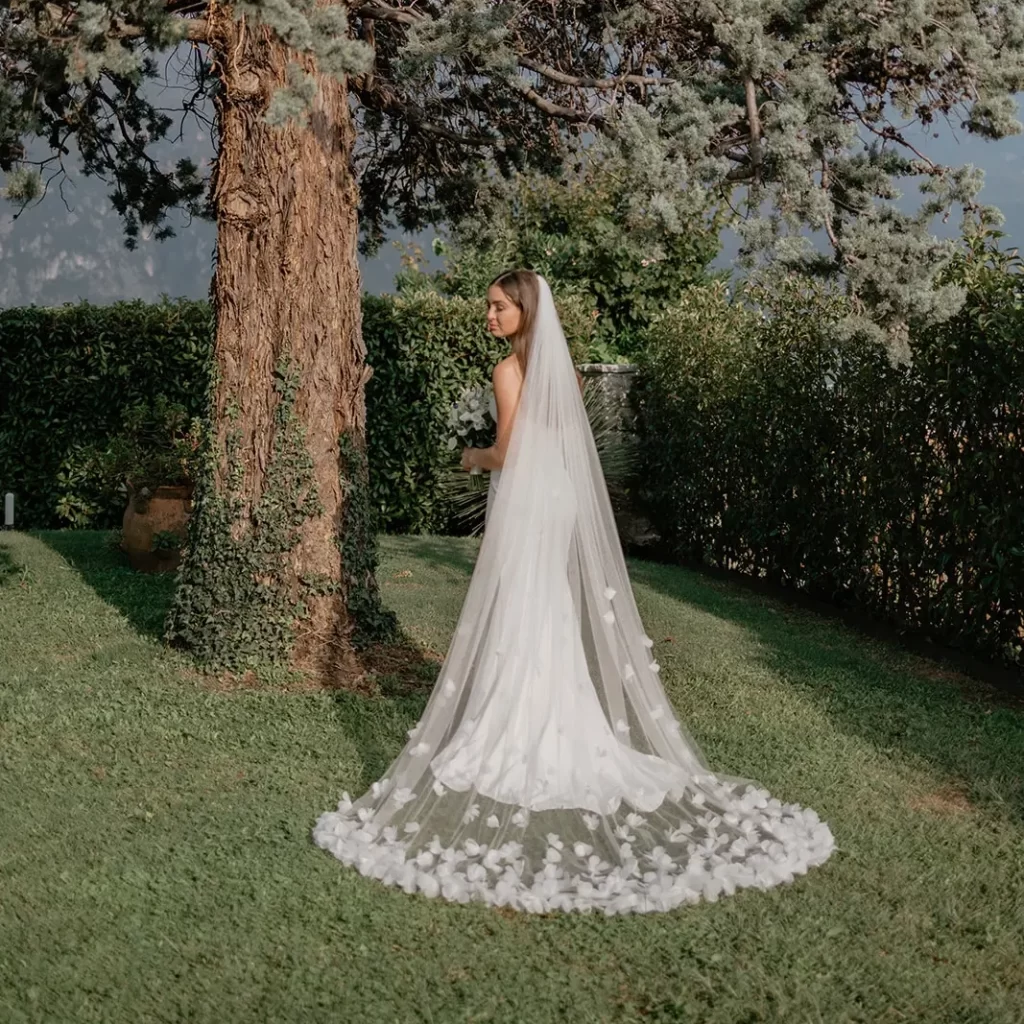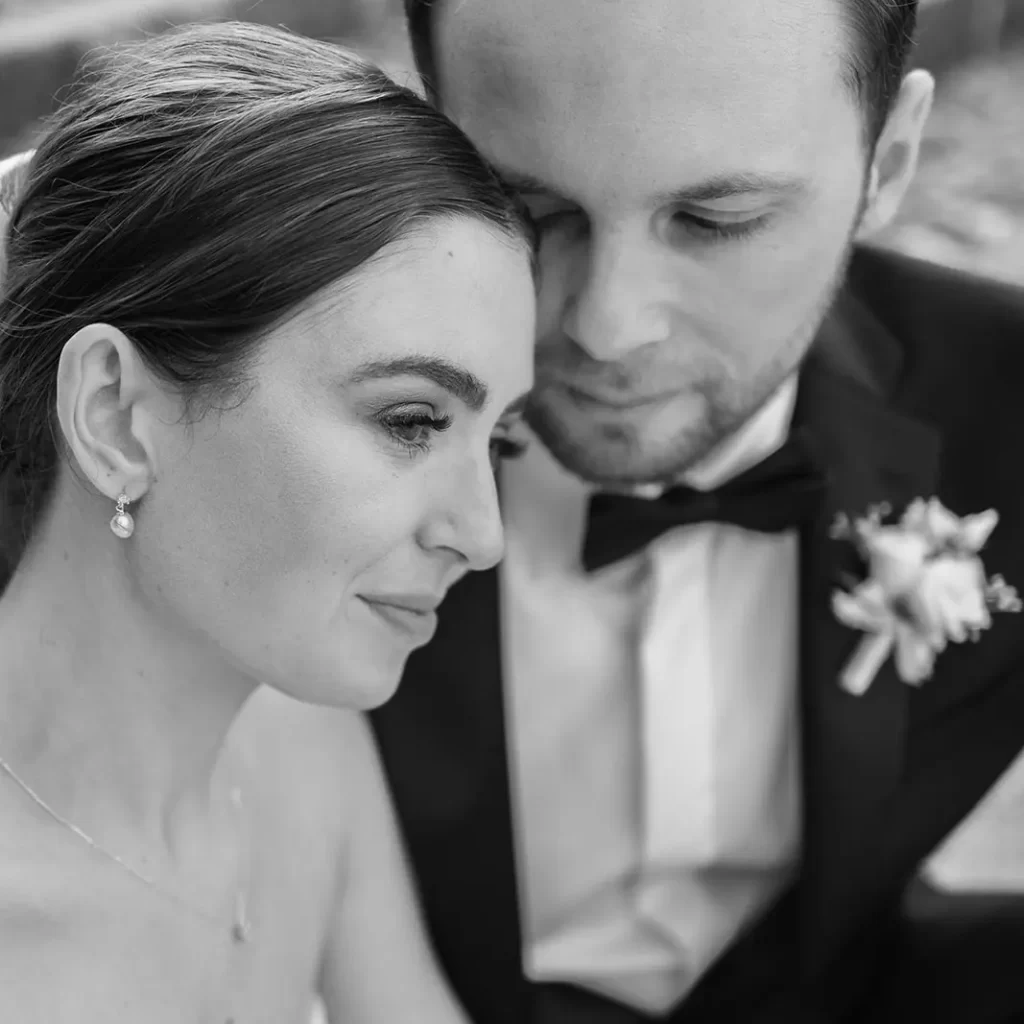Italy’s timeless landscapes, historic architecture, and romantic ambiance make it one of the most enchanting destinations for a wedding. From the rolling vineyards of Tuscany to the sun-soaked Amalfi Coast and the grandeur of Rome’s ancient ruins, each location offers a unique setting with its own lighting challenges and opportunities. Wedding photography in Italy is not just about capturing moments; it’s about preserving the magic of the day in a way that reflects the charm and beauty of this remarkable country.

Lighting plays a pivotal role in achieving this. It can enhance the emotions of a candid shot, highlight intricate details of a bride’s gown, and frame a couple against a breathtaking Italian sunset. Italy’s varied lighting conditions, from the soft golden hues of the Mediterranean to the diffused light streaming through historic cathedral windows, demand a photographer who understands how to adapt and make the most of every situation. In this article, we’ll explore how mastering lighting techniques can transform wedding photography into timeless works of art, ensuring every couple’s memories are as vivid as the day they were made.
Read also: The best spots in Florence for couple shoots
Golden Hour: How and When to Capture It
The golden hour, the period shortly after sunrise or before sunset, is a magical time for wedding photography. In Italy, this time is particularly special, as the soft light enhances the beauty of the Tuscan hills, Amalfi Coast, or Venetian canals.
Golden hour provides soft, diffused lighting that reduces harsh shadows and creates a warm, romantic glow. This light flatters skin tones, making it ideal for portraits and couple shots. The golden hues also add depth to the surrounding scenery, emphasizing Italy’s natural and architectural beauty.
The timing of the golden hour varies depending on the season and location. During summer, it might last longer, while in winter, it’s shorter but equally breathtaking. Tools like weather apps or online golden hour calculators can help you plan the perfect shot.


Tips for Capturing Golden Hour Shots
- Scout Locations in Advance: Visit the venue during golden hour before the wedding day to identify the best spots for photography.
- Use Backlighting: Position the sun behind the couple to create a halo effect and dreamy silhouettes.
- Keep Moving: The light changes quickly during golden hour, so work efficiently to capture a variety of shots.
- Incorporate the Scenery: Utilize the surrounding environment, like rolling hills or coastal cliffs, to frame the couple beautifully.
Best Locations in Italy for Golden Hour Photography
Italy is full of stunning spots for golden hour shots:
- Tuscany: The golden light accentuates the rolling hills and cypress trees.
- Amalfi Coast: The sun setting over the Mediterranean provides a dramatic backdrop.
- Venice: Capture the warm glow reflecting off the canals and historic buildings.
- Lake Como: The lake’s tranquil waters mirror the golden hues of the sky.

Read also: How to design a timeless Italian wedding album
Using Natural Light in Italian Venues
Italy’s wedding venues, from historic villas to ancient churches, often feature ample natural light that can be harnessed to create stunning photographs.
Natural light adds authenticity to your photos, preserving the true essence of the moment. It’s also less intrusive than artificial lighting, allowing the couple and guests to enjoy the ceremony without distractions.
Italy’s outdoor venues, like vineyards, olive groves, and coastal cliffs, provide excellent opportunities to use natural light:
- Positioning: Place the couple with their faces toward the light source to illuminate them evenly.
- Shade Utilization: Use soft shadows under trees or pergolas to create contrast without harsh lines.
- Weather Considerations: Be prepared for sudden changes in weather by having reflectors or diffusers on hand.
- Time Management: Schedule outdoor shoots during times when the light is most flattering, such as morning or late afternoon.

Maximizing Indoor Natural Light
Italian churches, castles, and palazzos often feature large windows and intricate designs that filter light beautifully:
- Window Light: Position the couple near windows to make the most of natural light streaming in.
- Directional Light: Use the angles of light to create dramatic, artistic shots.
- Avoid Overexposure: Be cautious with overly bright areas; balance them with reflectors or adjust camera settings.
- Architectural Elements: Incorporate unique details like stained glass windows or ornate carvings to enhance the composition.
Seasonal Considerations for Natural Light
Each season in Italy offers unique lighting conditions:
- Spring: Soft, diffused light with blooming landscapes.
- Summer: Intense light during the day, perfect for golden hour sessions.
- Autumn: Warm, golden tones complement the changing foliage.
- Winter: Crisp light that adds a magical touch to snowy or frosty settings.

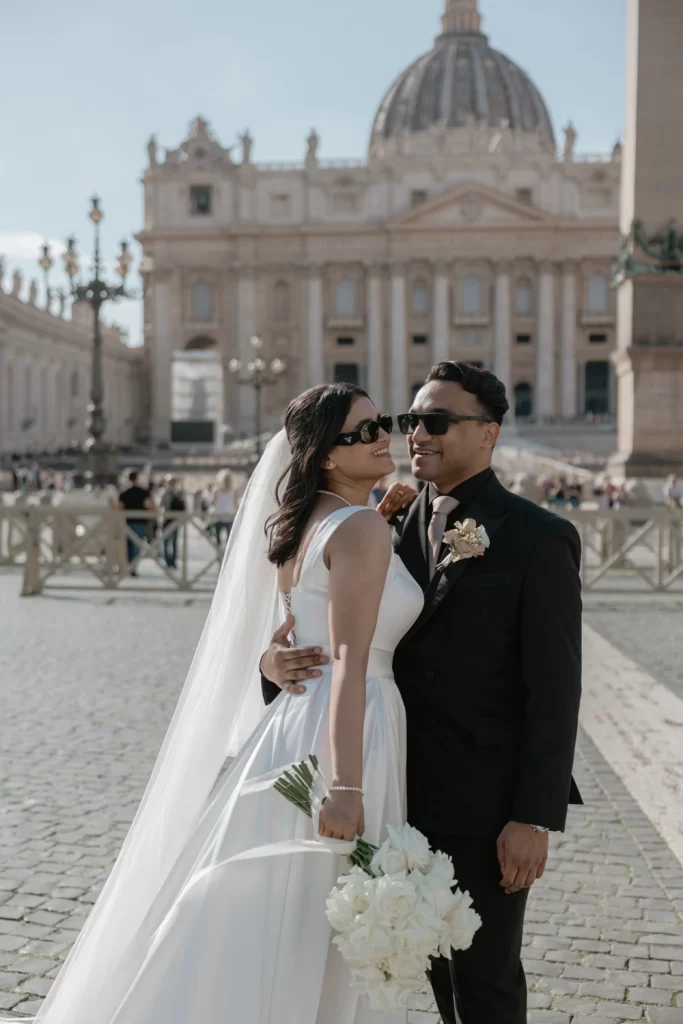
Read also: The role of a second photographer in your italian wedding
Overcoming Lighting Challenges in Indoor Settings
While natural light is abundant in many Italian venues, some indoor settings, like historic churches or reception halls, may present lighting challenges.
Historic venues often have dim lighting due to their age and preservation regulations. Overcome these challenges with:
- Fast Lenses: Use lenses with wide apertures (e.g., f/1.4 or f/2.8) to allow more light into the camera.
- Tripods: Stabilize your camera for longer exposures without risking blur.
- High ISO Settings: Modern cameras handle high ISO settings well, reducing noise while brightening the image.
- Practice Steady Shooting: If tripods aren’t allowed, master handheld techniques to reduce motion blur.

Balancing Artificial and Natural Light
Many receptions in Italy transition from daylight to evening, requiring a balance between artificial and natural light:
- Use Warm Artificial Light: Match the color temperature of your artificial light sources to natural light for a cohesive look.
- Lighting Accessories: Bring portable LED panels or softboxes to illuminate key moments like speeches or the first dance.
- Capture the Transition: Highlight the changing ambiance as daylight fades into evening, showcasing the romance of an Italian night.
- String Lights and Candles: Leverage the soft glow of fairy lights or candles often used in Italian weddings to enhance the romantic atmosphere.

Dealing with Harsh Indoor Lighting
Some venues may have harsh overhead lighting that creates unflattering shadows:
- Diffuse the Light: Use diffusers or bounce flash to soften the harshness.
- Control Angles: Position the couple to minimize shadows and ensure even lighting.
- Post-Processing: Edit photos to correct color casts or reduce unwanted shadows.
Handling Unique Indoor Challenges in Italy
- Churches: Often dimly lit, with restrictions on flash photography. Use fast lenses and natural light creatively.
- Reception Halls: Varying lighting setups may require on-the-spot adjustments. Always have portable lighting gear ready.
- Historic Venues: Protect the integrity of ancient settings by using minimally invasive lighting techniques.

The Power of Artificial Light
Artificial light is an essential tool in wedding photography, especially for low-light or creatively lit scenarios. Flash is particularly valuable for freezing motion and adding dimension to your images. Whether it’s bouncing the flash off walls for a soft fill or using off-camera flash to create dramatic effects, artificial light allows for unparalleled control over your images.
For instance, during evening receptions or dimly lit ceremonies, a well-placed flash can illuminate the couple while preserving the ambiance. Artificial light is also vital for creating dynamic and artistic shots that natural light alone cannot achieve. By strategically placing off-camera flashes, you can sculpt the light to highlight the bride and groom while creating depth and drama in the frame. Using gels on your flash can add warmth or match the ambient lighting, ensuring the scene feels cohesive.

Additionally, artificial light shines in unpredictable conditions. In situations where natural light is insufficient, such as during an overcast day or in a venue with minimal windows, artificial lighting ensures every moment is captured with clarity and elegance. Techniques like bouncing the flash off ceilings or walls create soft, flattering light that mimics natural illumination.
Portable LED panels and continuous lighting systems are also excellent tools for adding a consistent light source, especially during pre-wedding preparations or when photographing details like rings, bouquets, and table settings. These tools enable a photographer to shape light exactly as needed, regardless of the environment.
Moreover, artificial lighting is essential for motion-focused photography. During lively moments like the first dance or a bouquet toss, flash can freeze motion while maintaining sharpness and vibrancy in the image. Combining high-speed sync (HSS) with off-camera flash allows you to shoot at wider apertures for a dramatic yet soft background blur, even in brighter conditions.
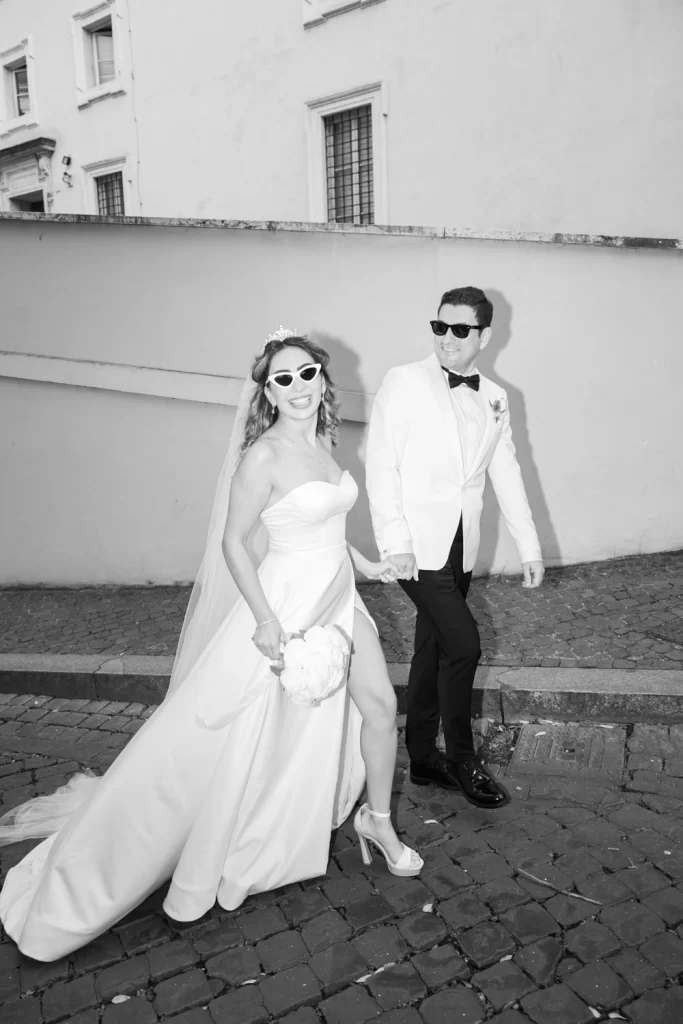
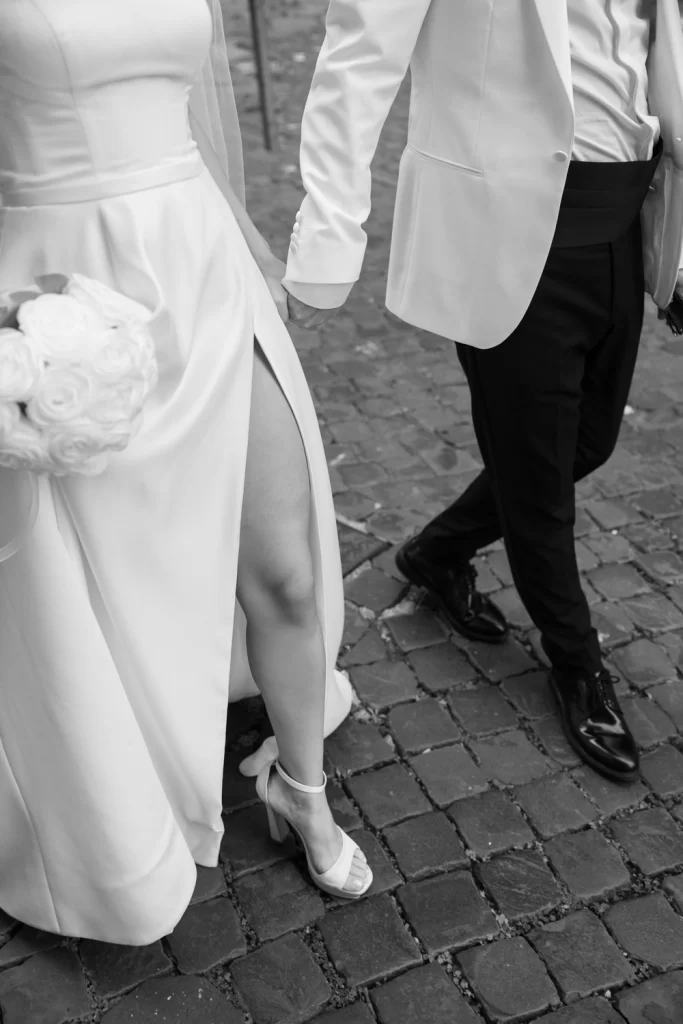
Mastering artificial light doesn’t just improve the technical quality of your photos—it opens up a world of creative possibilities. The interplay of natural and artificial light, when done skillfully, transforms ordinary settings into extraordinary visual narratives. It ensures that, no matter the time of day or the venue’s design, the photos remain stunning and true to the couple’s unique story.
Final Thoughts
Mastering lighting in Italian wedding photography is both an art and a science. By understanding the nuances of natural and artificial light, you can create stunning images that capture the romance and beauty of an Italian wedding. Whether it’s the golden hour glow, the filtered light of a historic church, or the warm ambiance of an evening reception, lighting will always play a pivotal role in telling your love story.
Choosing the right photographer for your wedding in Italy is about more than just skills—it’s about someone who understands the essence of your day and can adapt to every lighting scenario with confidence. From creating dreamy, softly lit portraits during golden hour to capturing the energy and joy of the reception under twinkling lights, a skilled photographer ensures no moment is missed.


Remember, photography is more than just pictures; it’s the preservation of memories. Lighting, whether natural or artificial, transforms those memories into art. If you’re planning a wedding in Italy, let’s connect. Together, we can create a collection of breathtaking images that reflect the love, joy, and beauty of your special day, set against Italy’s enchanting backdrop.
Read also: Why you should consider a wedding first look



